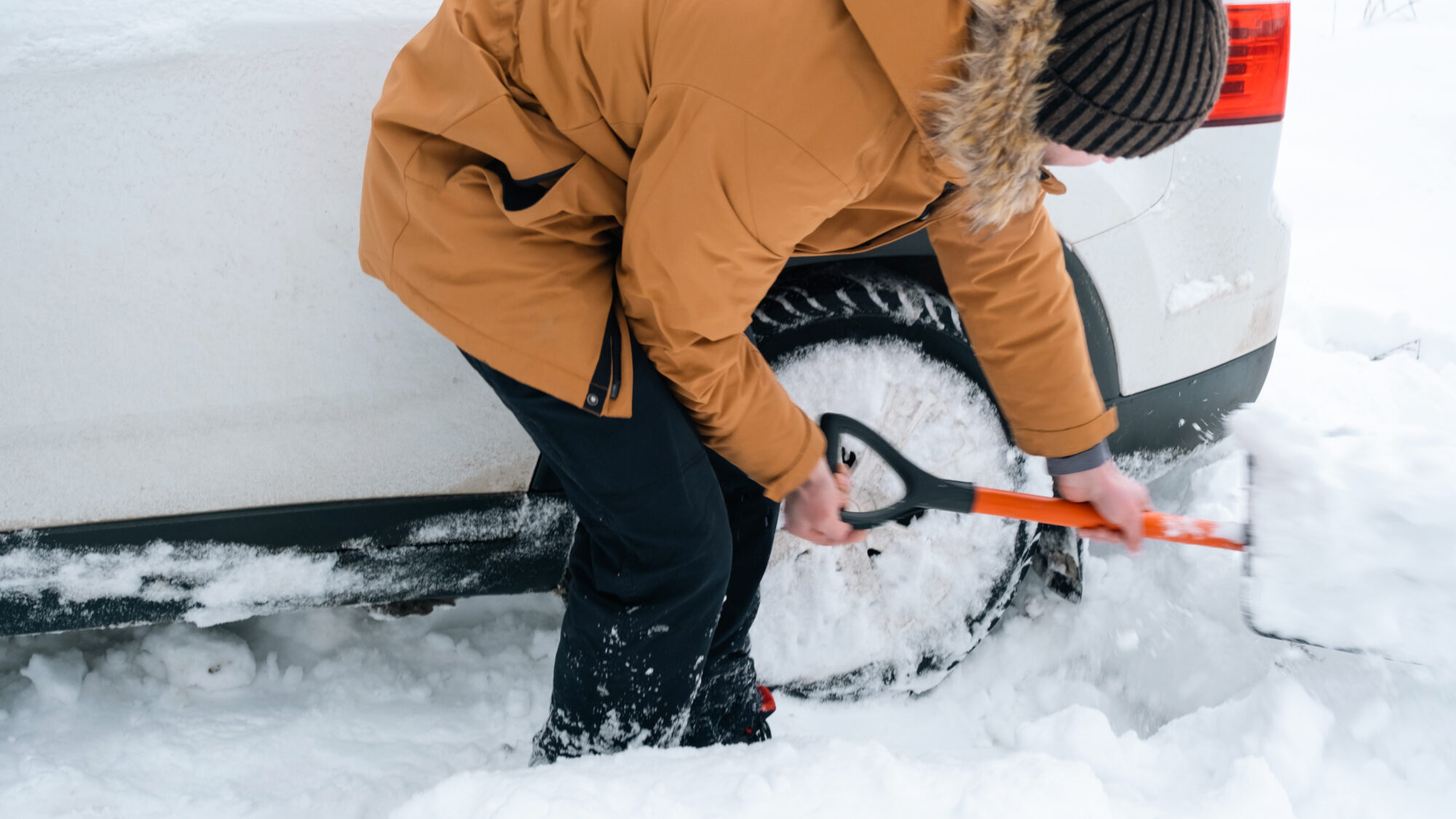For most Canadians, winter includes snow, ice, cold weather—and the possibility of your vehicle getting stuck in deep snow. “If it does happen, check for any damage that may have been caused, and make sure your vehicle is safe to continue,” says Brandon Klassen, supervisor of AMA’s Roadside Assistance Partner Network. Here are a few other dos and don’ts to get you back on the road again.
DO PACK A KIT
Always keep a winter driving safety kit in your vehicle in case you have to wait until AMA Roadside Assistance arrives to help. Pick up an emergency roadside kit at your local AMA centre. Add a few other items to be fully prepared: a cell phone charger, non-perishable food, sand or kitty litter, water, a shovel and booster cables. Pack extra winter gear like mitts, toques, boots and blankets.
DON’T PANIC
If you slide off the road, catch your breath and stay calm. See whether any injuries require a 911 call. Otherwise, assess the situation. Can you get “unstuck” easily or is it time to call AMA? Members can request assistance online at ama.ab.ca/Auto, call 1-800-222-4357 or download the AMA Mobile App. While you wait, clear the exhaust pipe of snow to avoid carbon monoxide poisoning in the car.
DO CLEAR THE TIRES
Ensure all wheels are straight. Use a small shovel to dig a short path in front and behind each wheel. Sprinkle the path with sand or kitty litter for traction. You can also use the vehicle floor mats: Place them around the wheel that seems to be spinning most. As a preventative measure, AMA recommends winter tires—the rubber compound allows for better traction and control.
DON’T USE SOME FEATURES
Avoid using traction control. It may seem counterintuitive— since you’re trying to gain traction—but not using this feature will let your wheels spin when needed to free the vehicle. If you keep traction control on and hit the gas, nothing will really happen since it reduces power to the wheel that keeps spinning. It might also completely stop power to all four wheels.
DO ACCELERATE GENTLY
Apply the gas very smoothly and, once the vehicle stops the forward motion, press the brake so your vehicle does not fall back into the rut again. Do the same thing in reverse and continue rocking back and forth to gain momentum until the vehicle is freed. But be careful and gentle with this procedure as even gentle rocking and switching gears can be harmful to the vehicle.
